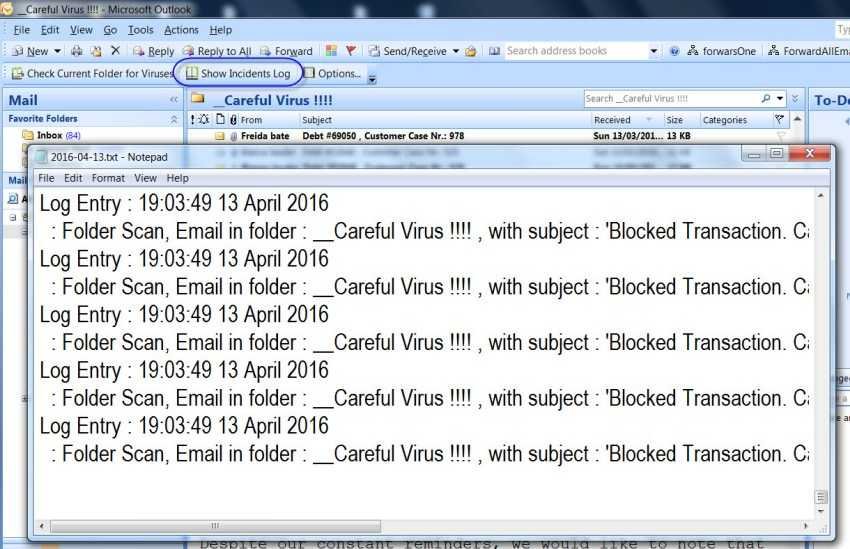RansomSaver is an Outlook add-on that detects and protects against emails that contain ransomware.
The electronic post office είναι ένας από τους κύριους μεταφορείς των ransomware και ενώ υπάρχουν και άλλοι τρόποι διανομής, τα emails εξακολουθούν να είναι η προτιμότερη επιλογή, καθώς οι επιτιθέμενοι μπορούν να στείλουν σε εκατομμύρια χρήστες σε πολύ σύντομο χρονικό space.
RansomSaver is an add-on for Microsoft Outlook, which is compatible with all 32-bit and 64-bit versions of Microsoft Outlook, from Outlook 2007 to Outlook 2016 and Office 365 Outlook. It can run on all Microsoft systems that are newer to Windows XP.
The application installs as an Outlook add-on and automatically integrates with Outlook. It seems to work perfectly and with several choices.
The main function of the program is scanning for ransomware. It checks the emails you choose for ransomware attachments and can delete the entire message or the attachment only.
The add-in moves emails to a special folder called RansomSaver that creates as a sub-folder of your deleted ones.
Watch the video
The developer of the add-on does not mention how its application can determine whether an attachment is malicious or not, but it gives a list describing the extensions that RansomSaver considers suspicious.
With the application you can enable or disable the removal of attachments or even the whole of them messages, disable scanning until the next Outlook startup, and disable Outlook's deleted folder scanning.
RansomSaver can be very useful for inexperienced users because experienced people can protect their systems from malicious attachments.





